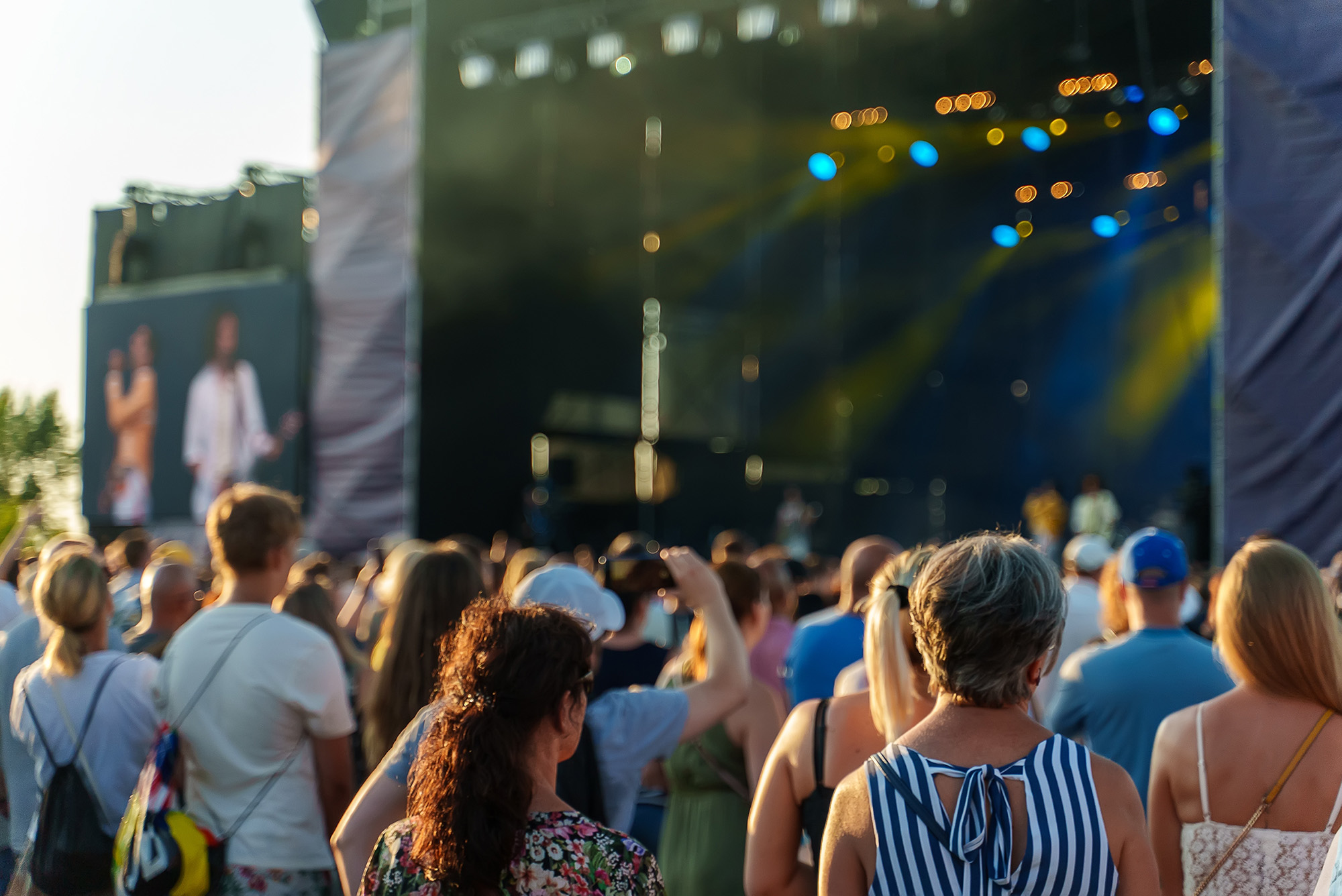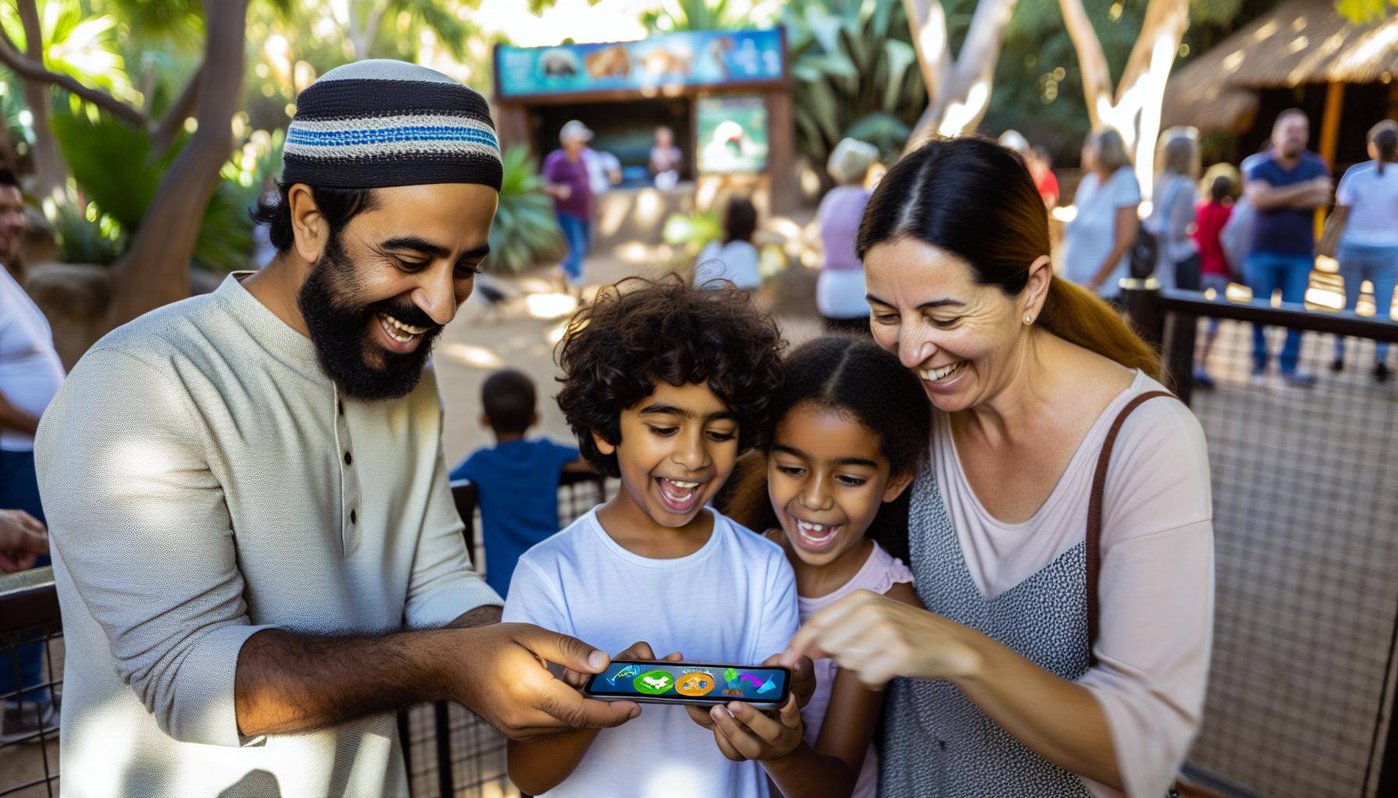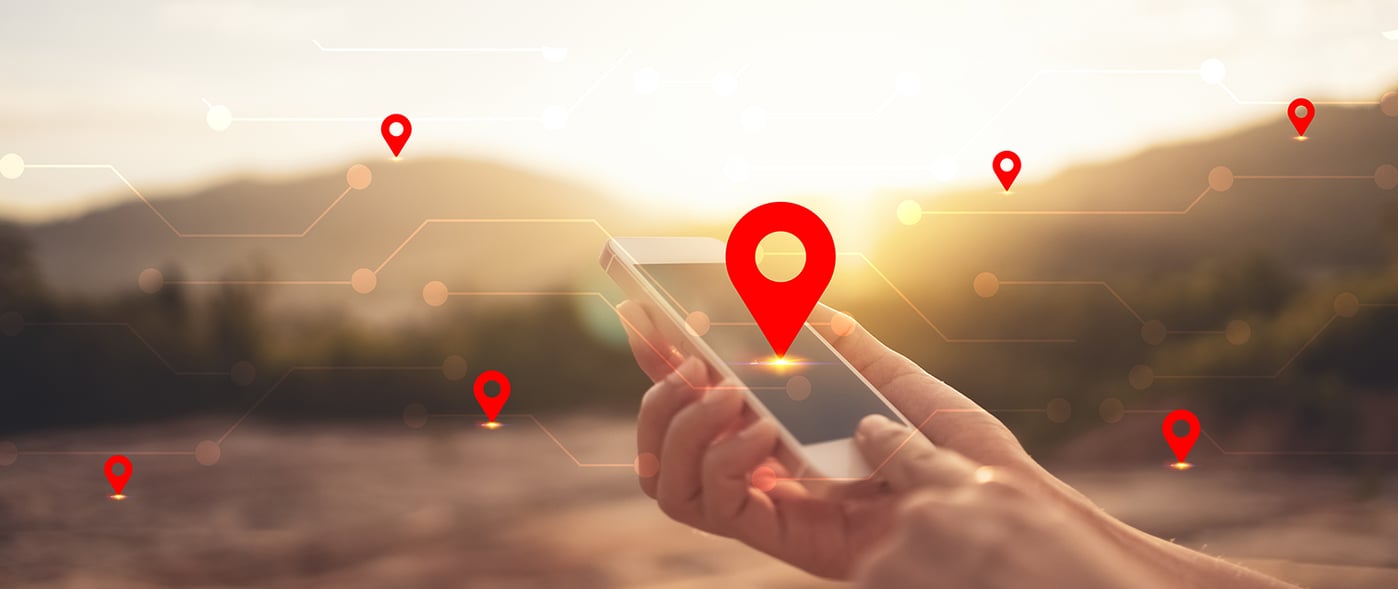Delivering value for
festival sponsors
through digital
audience engagement.
Audience engagement platforms, part of the next generation of attraction management software, could well be the answer to creating longer term music festival fan engagement.
The sponsorship landscape has changed over the decades. Gone are the days when branding awareness was a return in exchange for monetary support and/or in-kind product. Sponsors demand demonstrative proof of value for their support.
This value can be an increase in positive consumer perception, generating community goodwill, or lead generation to feed into sales pipelines for example.
Ticket sales are one way for an event organiser to gather information from their attendees, but there is limited interaction between the parties. Privacy laws as they are, also often prevent the event organiser from sharing such data with sponsors – unless this is an upfront agreed and opted into permission.
Incentivising customers to download an event app is another way to engage, but again, most are limited in their engagement potential.
Next level interaction in the shape of a highly customisable but simple to install and operate Audience Engagement Platform can help event organisers understand what works and what doesn’t, leading to better curation and better experiences in the future.
These Software as a Service (SaaS) platforms come with dashboards that can upload all manner of content – including sponsored content – that can be pushed out to the visitor who has downloaded the corresponding mobile app – pre, during and even post the event. No technical expertise needed. Simply input the content and it is instantly represented on the app.
Let’s take a music festival as a practical example of how it can all play out.
Music festivals are embracing technology with a wave of new apps providing event goers with information in advance, and helping them navigate their way around acts and planning who and when they want to see, along with other helpful tips on the day. But that’s where they typically stop.
Usually day, weekend, or weeklong events, their lifespan is generally limited with festival goers leaving with memories of their experience. But what if there was a way for the engagement to continue, and that could generate ongoing revenue even after the music stops?
Digital Wallets - First stop, the ticket can be bought online or at a ticket vendor, but as soon as the purchaser’s details are recorded, it could appear in the purchaser’s festival experience mobile app wallet (if the right settings are in place). This logs certain details of the anticipated festival goer right up front – like when they purchased it, their name and email address for example. Longer term engagement begins when they are sent a link to download a free app that will give them all the news, insights, and exclusive content of the event they are about to attend, subject to granting notification permissions of course.
Create and curate more engaging, personalised content - The AEP helps organisers create content that resonates with audiences and that encourages them to engage. This can be done ahead of the event to gauge interests for example, that can help understand their preferences. From this, tailored content can be served to continue the engagement feedback loop, and because it’s relevant to the receiver, the chances of the interaction and relationship continuing, are more likely than sending everyone the same content all the time.
This starts a more personalised digital interaction to form an overall picture ultimately improving the overall destination experience.
Content can be multimedia – a combination of text, images, video, and audio. This can also be scheduled to reach ticket holders in stages to keep them engaged. For festivals that are breaking new music or up and coming artists who are not yet household names, this is a prime way of introducing them to audiences, so that once they arrive, there is a certain level of familiarity about the music.
A level deeper - using the platforms tracking technology such as GPS and beaconing, to track who watched which artist, the AEP can send additional and exclusive content to the festival goer, such as interviews and shout outs etc- post the event.
Location-based insights - On site at the event, organisers can create specific geo-fenced boundaries that permit entrance to only certain fans. Geofenced sponsored areas for example, as well as the bigger event area, can monitor dwell time, footfall and engagement with specific artists, stages and activations. Beacon technology can be set-up to trigger additional content and interactions with fans such as offers, discounts, merchandising or sponsor promotion for example.
Heat mapping technology can also build on the picture of dwell time and audience flow, and which acts attracted the most attention and those who didn’t.
This information is translated into reports, which are fed back to the organisers in the form of insights reports on the platforms dashboard.
Geo fencing and beacon technology are also extremely useful in helping festival goers navigate their way around a site to the next performance that has already been pre-planned into the app by the festival goer.
Understanding the ‘why’ - The brilliance of AEP systems like n-gage.io, are that they can also help organisers and sponsors understand the ‘why’ people preferred certain acts. This is achieved by either sending them surveys, polls, Q&As at the time of the show, or afterwards. Again, because the app has tracked that the ticket holder was there for the entire performance, audience data can be segmented by the organiser to send specific messages and content.
Breaking down audience engagement data can allow the organiser to understand more about why someone only attended for a short period, and allow them to engage further with the audience to understand why. This type of engagement could also be incentivised, but because they are quick and non-invasive, and eventually help curate better experiences in the future for the fan, there is greater likelihood of response.
These data points are extremely valuable insights for organisers, sponsors and for visitors alike.
Diversify revenue – all year long – Most festivals only happen once a year, with the majority of on-site revenue being concentrated into a short space of time. However, with an AEP, this need not be the case, as the platform and corresponding app can continue to create engagement and enhance the fan/visitor relationship long after the event.
Organisers can send special offers like upcoming artist album launches and advance downloads; and being API friendly, can integrate into other third party software to increase engagement even further.
The highly customisable app also creates real estate that can be sold to sponsors. Using the AEP’s data segmentation tools, the operator can use gathered data intelligently to serve relevant content to festival goers (or any visitor at any visitor attraction) at any stage of the lifecycle of the event, to help brands reimagine their commercial strategies.
If sponsors are running specific events or promotions after the event, and want to engage with audiences, they have a pre-qualified and already segmented audience data they can market to, right at their fingertips through the music festival’s AEP. (The festival organiser retains the data and the relationship with the fan but can push out the content from the sponsor with the right permissions.)
For the event organiser, there is also the possibility of exploring API’s that link into existing music streaming sites, for when artists that the event organisers have profiled, drop new music. Because the engagement between the organiser and the event goer is still alive, there is a possibility of additional and ongoing revenue for the festival organiser. It works for the artist too as they have added to their following and the potential for music sales.
Spreading the love - According to a Datareportal report as of January 2022, 58.4% of the world’s population uses social media and on an average of 2 hours 27 minutes per day. Mobile’s share of internet access is 53.5%. Interestingly, the average time a user spends on their smartphone each day is 4 hours 48 minutes, with 92.5% of that time spent using mobile apps, the majority of which are social media driven.
Branded digital photo frames from the event can allow festival goers to share content, which judging from the statistics above, has a good chance of spreading the event and sponsors’ messages to an even broader audience.
These measures are just some of the ways that technology is helping to create sustainable relationships that deliver value to all parties.
There are many more benefits to an audience engagement platform for organisers, sponsors, artists, and fans alike and for greater insight, please get in touch with us or request a demo.

/Blog/Authors/PHOTO-2022-05-06-14-05-59.jpg?width=90&name=PHOTO-2022-05-06-14-05-59.jpg)



